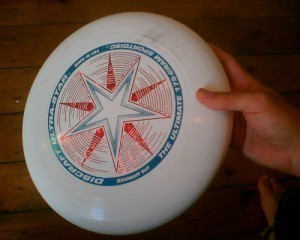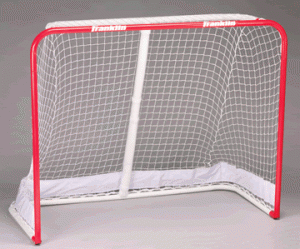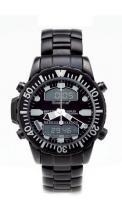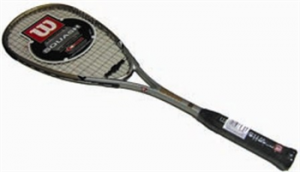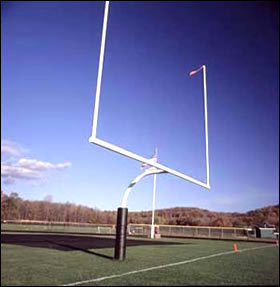Baseball Home Plate Size
In a game of baseball, the object is to score points by 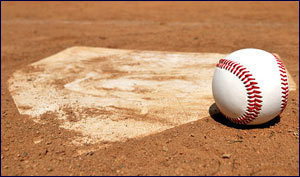 running a tour of the 4 bases set on the corners of the baseball diamond. The run begins and ends at the home plate, the last and most crucial base that the player has to touch in order to score.
running a tour of the 4 bases set on the corners of the baseball diamond. The run begins and ends at the home plate, the last and most crucial base that the player has to touch in order to score.
The first 3 bases of the baseball field (the first, second and third bases) are marked by 3 canvas bags each measuring 15" square (38 cm). Unlike these previous bases, the fourth base is marked by a 5-sided pentagon slab, which is the home plate. Originally, the home plate was made out of materials such as wood, stone and iron, which would of course be potentially dangerous to players when they try to slide for it. This would be changed in 1887, when Baltimore Orioles pitcher Robert Keating decided that the home plate should be made out of whitened rubber instead.
The front section of the home plate faces the defensive team’s pitcher, and measures 17” wide. The next two sides lying parallel to each other each measure 8 ½” in width. The last 2 sides that meet each other at the end each have a length of 12” (1’).
In relation to the other bases in the baseball field, there is a distance of 127’3 3/8” between the home plate and the second base. The distance between the first and the second base is the same. Situated behind the home plate, the backstop is a fence or wall which is meant to keep wild pitches, foul balls and passed balls from occurring. Its distance from the home plate is around 50’-100’ (15-30 m). In stadium-held professional baseball games, netting is usually put up as protection for spectators sitting behind the backstop, while recreational games employ a chain-linked fence for this purpose.
As per the rules of the game, the home plate is guarded by the catcher, covering it to prevent a runner from scoring. The catcher does this by tagging the runner either with the ball or the baseball glove with the ball placed inside it before he touches the home plate. If ever the bases happen to be loaded, the catcher can merely touch the home plate while he has the ball before the runner can complete the run. In professional baseball, large-bodied players are usually employed as catchers to effectively barricade the runner’s path to the home plate.
